COFFEE BEANS AND CHILDREN'S DREAMS
|
I think most of us can agree that the days of teaching a math lesson to a whole group are gone. However, making our groups can seem like a daunting task. When I first started teaching I was given scripted lessons that I had to teach directly from. This definitely left many students out, since we were not able to full differentiate like we do now.
Throughout the years I was able to grow as an educator and math teacher. Through a lot of trial and error I was able to come up with a math block that not only allowed me to keep up with my district pacing, but also allowed for me to 100% meet the needs of my students.
There are affiliate links in many of the posts on this site. This means your purchase supports myself, my business and my family when you click through to buy - at no additional cost to you.
Below are the steps I used to plan my groups. At first, it can take a lot of time to go through the process. However, as you continue you will become faster at it and you will be able to plan out who you need in each group and the plans for them in no time at all.
This is not meant to be the entire math block. I typically have 1 hour to 1 hour 15 minutes for math. Most years I do a 20 minute whole group lesson and then 10-15 minute rotations, giving time to transition between. Read below to find out more about my math block. Collecting Data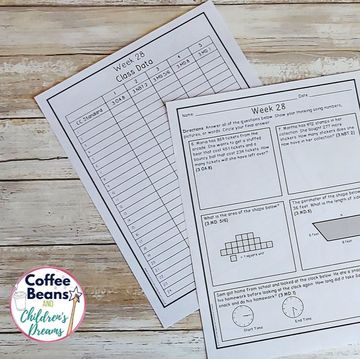
First, you need to collect student data. I use thisspiral weekly review, that is 5 standards based questions. I do this part every week to every other week. It’s a quick snapshot of what my students know and allows me to quickly change up my groups as needed.
I like a spiral review with a pre-test question thrown in here and there. However, if if your county is strict on pacing it might be a good idea to write a couple questions about what you just learned, what you are currently learning, and what you already learned. Since we do this weekly, students are not nervous about it like they are about a bigger assessment. I am very open with them that I use this assessment to see what each student needs, then almost always my students take it seriously and do their best. They also know that I use these to gain data to determine what they need, so they complete it on their own. Looking at the Data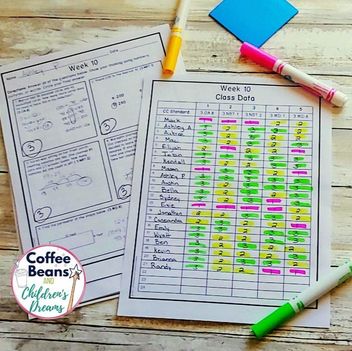
After I have collected the sheets I grade them. I always put my students papers in alphabetical order before grading, this is easiest for me to do since they have class numbers based on their names. I can easily see who is missing before grading.
Each question is given a number from 1-3 (1= does not understand, 2=understands concepts made simple mistakes, 3=proficient). Then I record their info on my recording sheet and since the papers are in order it is easy to add information. To make it easier to read, I go through with a highlighter when I am done and highlight every 1 in pink, 2 yellow, and 3 in green. 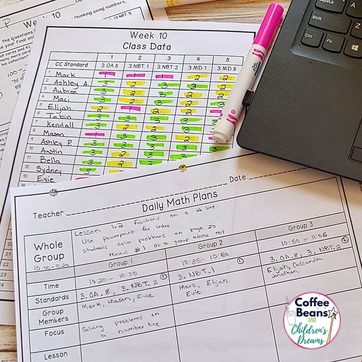
Now I need to look at my student’s data and put them into groups. This can be tricky, but with a little practice it becomes super fast. Also, since your groups are already fluid, it is easy to move students last minute if you need to.
Here are a few things I keep in mind as I am making groups and planning.
Most years I run 3 small groups. I have math planning sheets that I love to use in my store for free. They are easy to use for your math block and I did my best to include several different types to meet your needs.
1 Comment
11/8/2019 04:29:58 pm
Coffee is such a great thing. I know that most people think that it is an addictive beverage, and truth be told, it is, but it is also more than that. Coffee provides us with caffeine that boosts are mental awareness for a while, and it is not that harmful. People have a lot of false theories about it, and I do not want to hear any of it. I want to drink as much coffee as I possibly can.
Reply
Leave a Reply. |
Regan PutnamTeaching and working with children has always been my passion. With 7+ years of experience teaching grades 1-3 I have developed a passion for sharing my experience with others. Archives
July 2024
Categories |
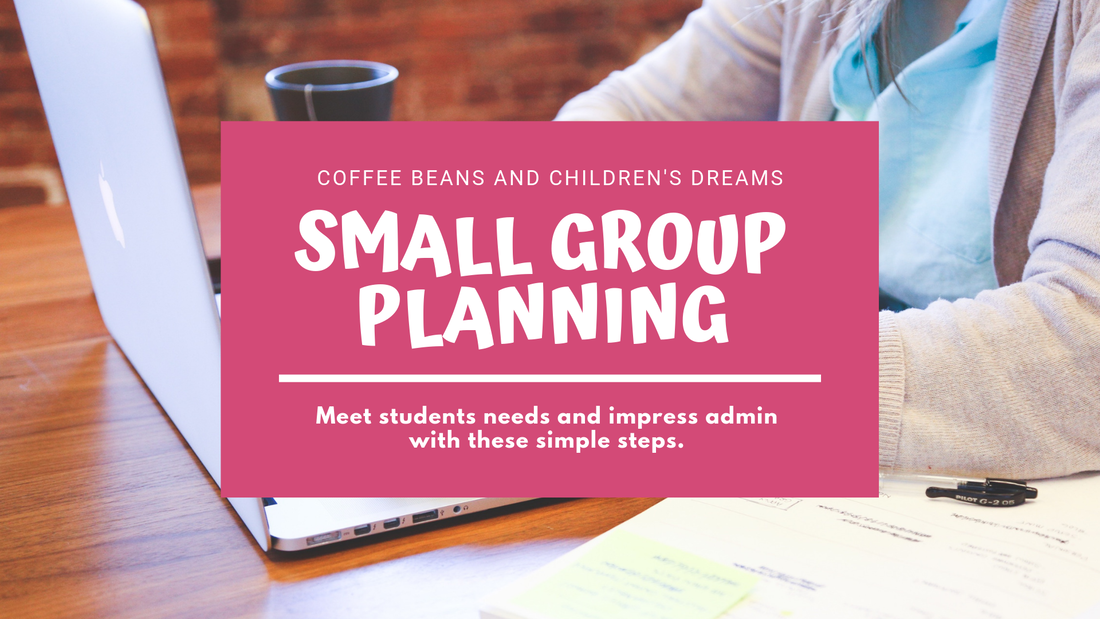
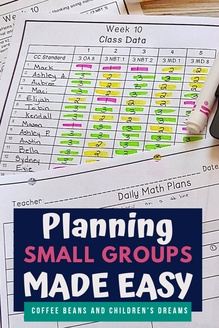
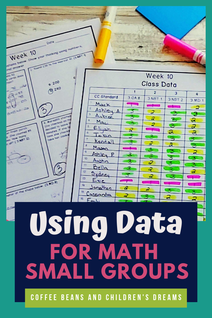
 RSS Feed
RSS Feed
